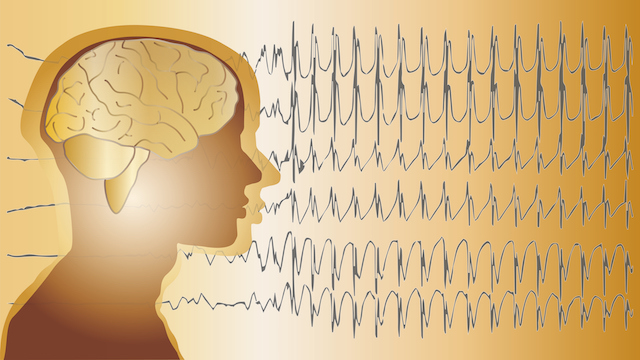Significance
Rhythmic brain activity is a signature of information processing. Common inhibitory cells, spike-frequency adapting interneurons, are typically thought to only participate in low-frequency rhythms (<10 Hz). However, we found that these cells’ frequency preference can be switched from 2 to 200 Hz. The switch occurs when low-frequency components dominate the interneurons’ input, as is the case during brain states of slow-wave sleep or quiet rest. These interneurons not only increase their sensitivity to input in the 30 to 200 Hz range (gamma and ripples) they do so within a few dozen milliseconds, in phase with the low-frequency input components. Our findings reveal unexpected flexibility in neurons, which could shape theta-gamma cross-frequency coupling, a phenomenon thought to contribute to information routing.
Abstract
Fast oscillations in cortical circuits critically depend on GABAergic interneurons. Which interneuron types and populations can drive different cortical rhythms, however, remains unresolved and may depend on brain state. Here, we measured the sensitivity of different GABAergic interneurons in prefrontal cortex under conditions mimicking distinct brain states. While fast-spiking neurons always exhibited a wide bandwidth of around 400 Hz, the response properties of spike-frequency adapting interneurons switched with the background input’s statistics. Slowly fluctuating background activity, as typical for sleep or quiet wakefulness, dramatically boosted the neurons’ sensitivity to gamma and ripple frequencies. We developed a time-resolved dynamic gain analysis and revealed rapid sensitivity modulations that enable neurons to periodically boost gamma oscillations and ripples during specific phases of ongoing low-frequency oscillations. This mechanism predicts these prefrontal interneurons to be exquisitely sensitive to high-frequency ripples, especially during brain states characterized by slow rhythms, and to contribute substantially to theta-gamma cross-frequency coupling.







